I love classic movies. Absolutely love them. They hold some kind of spell over me – a longing, perhaps, for grace or glamour or social etiquette or fashion. I mean, who wouldn’t want to watch a stunning Grace Kelly in Rear Window or gander at a suave Cary Grant in Notorious? So, what defines a classic movie? I reckon each person has his or her own interpretation. The National Film Registry says a film must be ten years old to be nominated for preservation, which seems way too soon. For my taste, a classic movie should be deemed so before 1990, which is thirty years. And, if we move the reel backward in time as far as it will go, we come to the beginning of it all: the Silent Era.
Silent films are a snapshot of a bygone era. Look at the scenery, the background, the homes, the style, the streets, roads, transportation, kitchens, etc., and a whole history unfolds like a fresh flower. The melodramatic acting with exaggerated gestures and expressions were a way for actors to convey emotions to an audience, much like stage performers. As time went on, the gestures became less animated and the story lines more sophisticated.
I started thinking one day about our Appalachian “stars.” Were any silent film actors and actresses from Appalachia? To answer my question, I did tons of research. I checked sources and references and cross-referenced until my eyes watered. All sources are linked. I used the Appalachian Regional Commision’s county register to find out if birthplaces qualified. What I didn’t include were actors or actresses from Washington, D.C. And I found it extremely difficult to find information about African American performers (without caricature). But, then again, the Library of Congress said in 2013 that about 75 percent of all silent films are considered “lost.”
I was pleasantly surprised by the information I did find, though, and I hope you will be, too.
Tallulah Bankhead
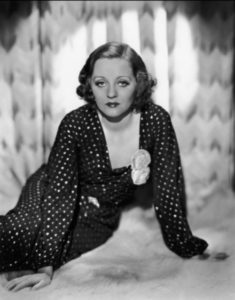
![]()
Tallulah Bankhead was named after her paternal grandmother who was, in turn, named for Tallulah Falls, Georgia. Tallulah was born in Huntsville, Alabama on January 31, 1902. Her father, William Bankhead, was a congressman in the Democratic Party and served as Speaker of the House from 1936-1940. Tallulah’s mother, Adelaide Eugenia Sledge Bankhead, died a few weeks after giving birth to her.
Tallulah was known to be outspoken, quick-witted, and headstrong. She exhibited uncouth and “outrageous public behaviour,” so, her convent education drips with irony. She had a “ravenous appetite for sex,” boasting “five hundred or more conquests.” Her affairs and “highly publicized flings” with men and women were infamous. She did marry a man named John Emery but divorced him a few years after, because, as she said, “the weapon may be of admirable proportions, but the shot is indescribably weak.”
She had a very successful career on the London stage. She tried her luck with Hollywood but became disenchanted. At one point in her film career, she refused to work with Marlon Brando and had him fired. She screen-tested for the part of Scarlet in Gone With the Wind, but lost to Vivian Leigh. Tallulah turned once again to theater, where her career skyrocketed. She had her own group of admirers called “the Gallery Girls,” working class women who followed the actress chanting, “Tallulah Hallelujah.” She also had a productive radio career.
After several successful years, her downfall came due to hard-partying and “excessive drinking.” She was “a quart of bourbon a day” alcoholic who often mixed a dangerous amphetamine – narcotic concoction in her liquor.
She died from flu and pneumonia complications in New York City on January 31, 1968. Her estate was estimated to be two million dollars.
Though she did act in silent films, the bulk of her career was in the later talking era. I couldn’t find movie posters for her silent films, but here is a list of them from IMDB:
-
-
-
- Who Loved Him Best? (1918)
- When Men Betray (1918)
- Thirty a Week (1918)
- The Trap (1919)
- His House in Order (1928)
-
-
![]()
![]()
Gertie Brown
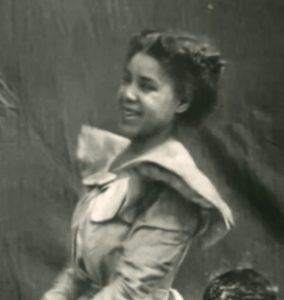
Gertie Brown (Gilberta Gertrude Chevalier) was born August 23, 1882 in Washington, Ohio. She was part of the Rag-time Four performers. She was the actress in the recently discovered short, Something Good – Negro Kiss (1898), which is believed to be the earliest on-screen African American kiss. Her co-star was Saint Suttle.
Brown married stage performer and actor, Tim Moore. She died in New York City on February 24, 1934 of double pneumonia.
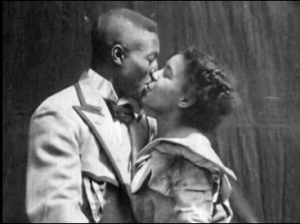
Ethlyne Clair
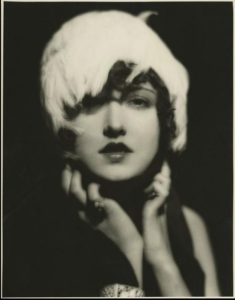
![]()
Ethlyne Clair (Ethlyne Williamson) was born in Talladega, Alabama on November 23, 1904. She won a local beauty contest, which sparked her acting career. In 1929, she became one of the Western Association of Motion Picture Advertisers (WAMPAS) Baby Star.
She acted in a list of shorts, especially the “Snookum” series. But she was typecast into mostly Westerns with a few comedy movies here and there. She was blackballed by Daryl Zanuck because she “rejected his sexual advances,” which might be one unfortunate reason for her genre limit. Clair grew frustrated that she didn’t have better parts and thought she deserved much better. When “talkies” came around, her voice was deemed unsuitable so “her career was cut short.”
She was married three times. In 1928, she married Richard Lansdale Hanshaw, a Hollywood agent. According to Clair, she was forced to marry him at gunpoint. She divorced him soon after. In 1930, she married her make-up artist, Ernest Westmore, but he had too much drama and bad publicity so she divorced him, too. In 1939, she married Merle Arthur Frost, Jr., a car dealer. She stayed married to him until his death in 1968.
Ethlyne Clair died in Los Angeles, California on February 27, 1996 from ulcer surgery complications.
Dolores Costello
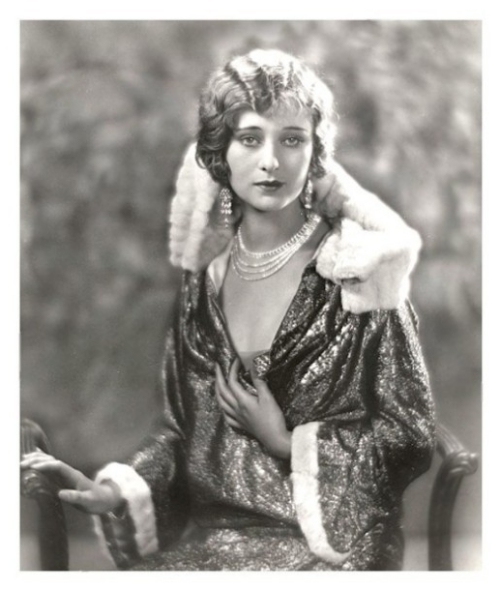
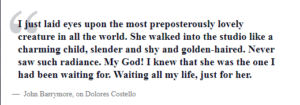
Dolores Costello was born September 17, 1903 in Pittsburgh, Pennsylvania. She was a child actress. Her first film was in 1911 for the Vitagraph Film Company. She became known as “The Goddess of the Silver Screen.”
In 1928, she married John Barrymore (making her Drew Barrymore’s grandmother), but she later divorced him due to his alcoholism. They had two children together. After her divorce from Barrymore, she married Dr. John Vruwink.
The makeup she wore on set during filming caused severe damage to her face. The movie companies didn’t like the scarring of her face, so she was forced to retire early and live in “semi-seclusion.”
She died in California from emphysema on March 1, 1979.
Henrietta Crosman
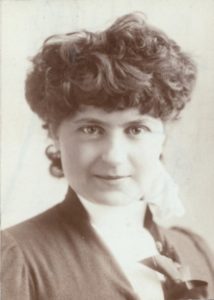
Henrietta Crosman was born in Wheeling, West Virginia on September 2, 1861. She was a “military brat” and she and her family lived on various bases. She studied music abroad when she was seventeen years old. After she began her acting career on stage, she became “one of Broadway’s top leading ladies.” Her film career began in 1914.
She was married twice, to Sedley Brown, Jr. (divorced), and Maurice Campbell, a journalist who came from money. She stayed married to Campbell until his death.
Crosman died in Pelham Manor, New York on October 31, 1944.
Other silent films, according to IMDB include:
The Supreme Test (1914)
Broadway Broke (1923)
Wandering Fires (1925)
Sally Crute
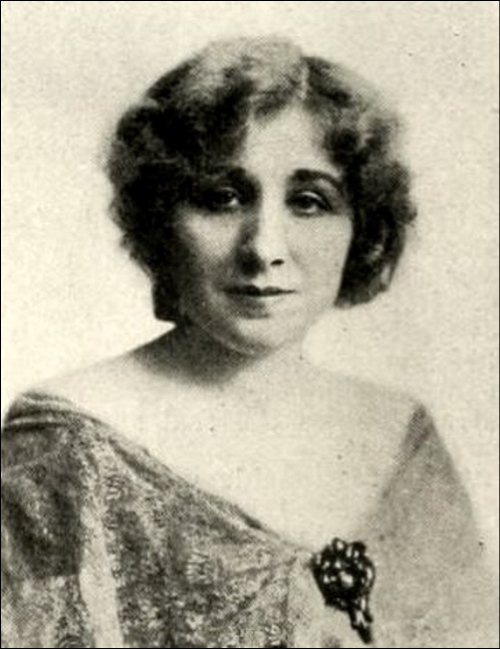
Sally Crute (Sally C. Kirby) was born June 27, 1886 in Chattanooga, Tennessee. She was both an actress and writer. Her filmography has many, many shorts, beginning in 1912. She played “vampish or femme fatale roles.” She died August 12, 1971 in Miami, Florida.
Marie Doro
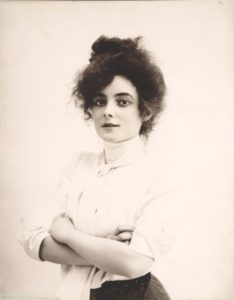
Marie Doro (Marie Katherine Steward) was born on May 25, 1882 in Duncannon, Pennsylvania. She was a direct descendant of Patrick Henry. She began as a chorus girl until her manager took her to Broadway where she did well. Afterward, Doro had a career in film and became one of the most famous actresses in the Edwardian era. After several years, she became disenchanted with Hollywood and returned to Broadway.
She starred with Charlie Chaplin when he was a teenager, before he was well-known. Chaplin later claimed in his autobiography that Doro was “his first love.”
Doro married Elliott Dexter in 1915. They divorced in 1922. She never remarried. She became very religious and lived in self-isolation. She Died in New York City on October 9, 1956 from a heart condition. She left “almost $100,000 to the Actors’ Fund in her will.”
Helen Gardner
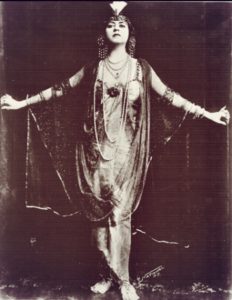
Helen Gardner was born in Binghamton, New York on September 2, 1884. She began as a stage actress and was a graduate of the American Academy of Dramatic Arts. She is the first woman to have her own film production company. One source called the company “Helen Gardner Productions,” however, on the Helen Gardner website, her granddaughter, Dorin Gardner Schumacher, describes the company as the “Helen Gardner Picture Players.” The company’s first production, Cleopatra, occurred in 1912, and Helen Gardner herself took the role as Cleopatra. She is considered the first woman who “created the vamp image.” A film critic raved about the production and said of Gardner’s performance:
With all the witchcraft of a worldly woman and all the wondrous charm of a naturally beautiful one, she holds the eye every moment she is on the scene, so that all the merits of those playing up to her are merely comparative . . . I think her performance will rank as one of the greatest ever shown on the screen up to the present time.
Unfortunately, she had to close the company in 1914 due to lack of funds. And the “old boys’ network” kept a stranglehold on the money. It’s not surprising that these powerful men would never put backing behind a woman.
Gardner married wealthy businessman, Duncan Clarkston Pell. She died in Orlando, Florida on November 20, 1968.
**Featured Image Source: desukomoviespot.com
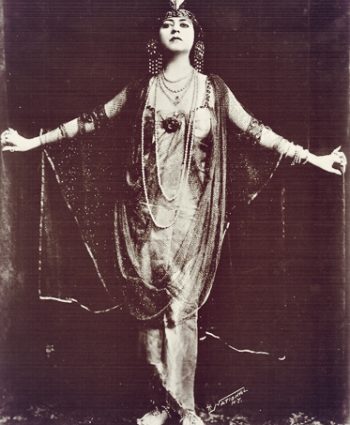






































I could tell this was a labor of love. Looking forward to the rest of the stories.